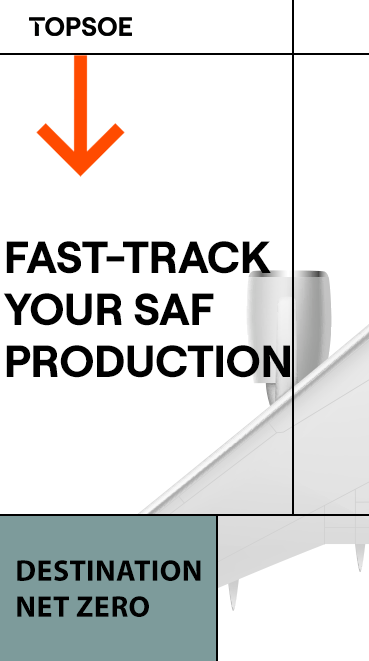Biobased diesel displaces petroleum-based diesel consumption on US West Coast
- The U.S. Energy Information Administration
- Jul 11, 2023
- 2 min read

Last year, U.S. West Coast distillate consumption, as measured by product supplied, was at its lowest since 2002 and is on track to fall further this year.
The growing use of biofuels instead of petroleum diesel is the primary cause for the decline.
Renewable diesel has a growing share of the region’s diesel-fuel market because clean-fuel programs have provided incentives for consuming it.
Renewable diesel and biodiesel are biofuels that can be used in place of petroleum distillate fuel oil.
Both biodiesel and renewable diesel are used to comply with the Renewable Fuel Standard, a federal program that requires transportation fuel sold in the United States to contain at least a specified minimum of renewable fuels.
These biofuels are also used to meet California’s Low Carbon Fuel Standard, and Oregon’s and Washington’s clean-fuels programs, which aim to reduce the carbon intensity of transportation fuel.
In January 2022, U.S. renewable diesel consumption surpassed biodiesel consumption for the first time and has continued to increase since then.
Renewable diesel consumption has grown relative to biodiesel consumption, according to the U.S. Energy Information Administration, because:
Renewable diesel receives more credits under the RFS program than biodiesel
Petroleum refiners can convert their units to produce renewable diesel instead of petroleum products
Renewable diesel plants are larger than biodiesel plants and can take advantage of economies of scale
Renewable diesel can be blended in any concentration and performs better in the cold than biodiesel
Renewable diesel can be transported through the same pipelines as petroleum diesel
Almost all of the country’s renewable diesel fuel is consumed in California, according to EIA estimates.
Much of the renewable diesel not consumed in California is consumed in other states with clean-fuel programs, such as the other U.S. West Coast states of Oregon and Washington.

The growth in U.S. renewable diesel consumption had a more pronounced effect on West Coast distillate fuel consumption because of high biofuel consumption in California, Oregon and Washington.
The decline in distillate fuel oil consumption in 2022 and in the first three months of 2023 is unique to the West Coast.
In the rest of the United States, distillate fuel oil consumption increased, returning to pre-pandemic levels.
The discrepancy in distillate fuel oil consumption between the West Coast and the rest of the United States demonstrates how much biofuel consumption has been displacing distillate fuel oil consumption on the West Coast.






















-RKstandin.jpg)
_gif.gif)




